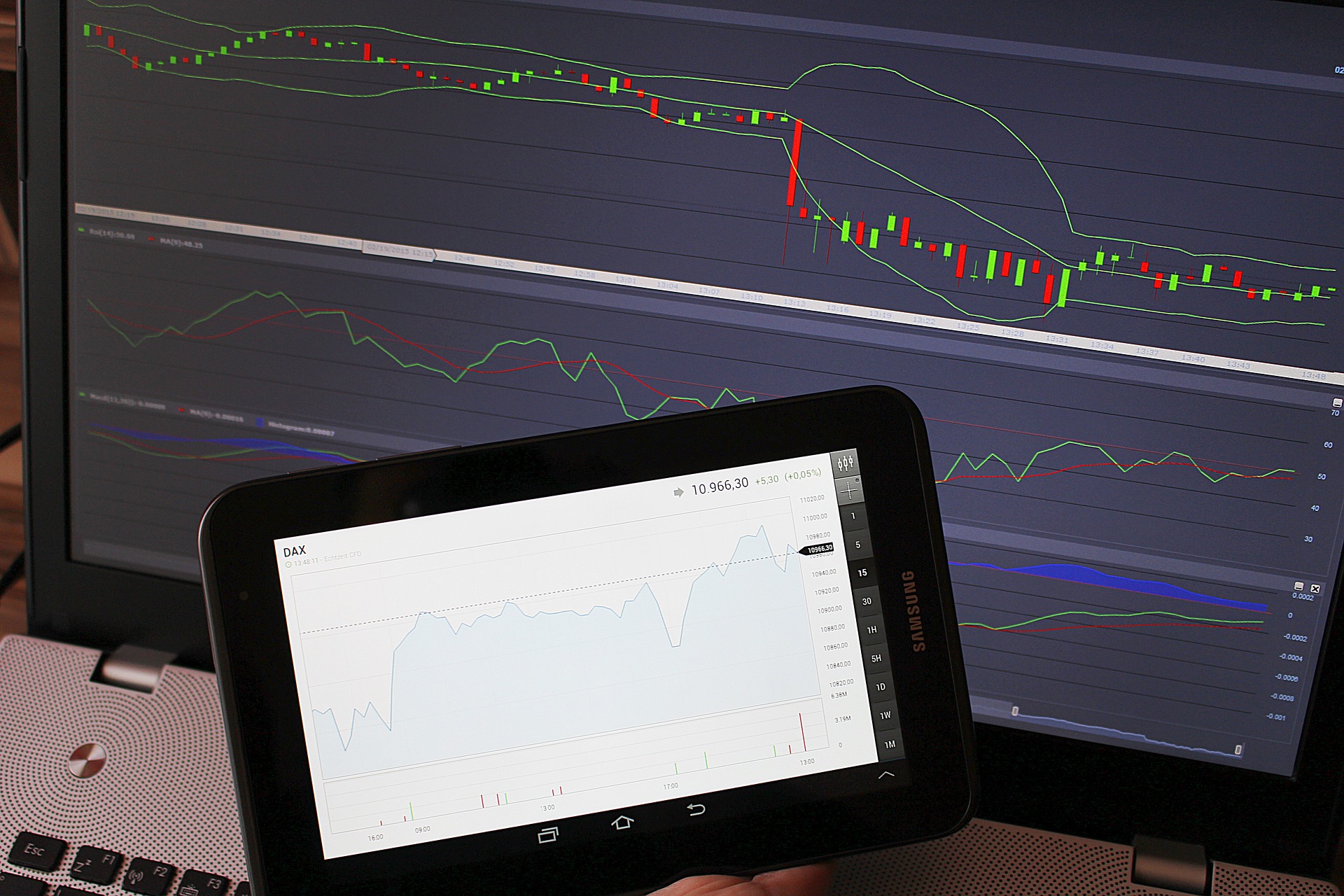How Do ETFs work?
Quantitative trading strategies have been around for thousands of years, and computer algorithms heavily influence many trading decisions. However, Quantitative investing can be highly complicated, making it difficult for an average investor to understand.
Exchange-traded funds (ETFs) offer a simple solution to this problem with their diversification and ability to allow you to invest in a strategy without requiring a PhD in math.
How does trading with ETFs work?
ETFs are diversified baskets of securities that can provide exposure to almost anything you can imagine, including gold or silver prices, foreign exchange rates like the Yen vs the Pound Sterling, and even consumer sentiment by tracking social media sources like Twitter. These ETFs work very similarly to mutual funds; however, there are a few key differences.
First, ETFs trade like stocks throughout the day on an exchange, whereas mutual fund shares do not trade directly between investors and instead must be redeemed from the issuing fund for cash which incurs a fee. Competitive pricing is another advantage to ETFs since they trade intraday instead of mutual funds that transact only once a day after market close. Another significant difference between mutual funds and ETFs is a unique method of creation known as “creation units”.
Creation units are typically batches of anywhere from 50,000 to 400,000 securities representing several assets you own in proportionality. For example, suppose you have one creation unit consisting of 20 Apple shares, 10 Google shares and 20 Microsoft shares. In that case, your portfolio will have a 20% allocation to Apple, 10% allocation to Google and 20% allocation to Microsoft.
As opposed to mutual funds, where you receive your individual shares of these companies that can then be sold or traded on an exchange, any number of creation units that are large enough get redeemed into the underlying assets represented by each creation unit. For instance, if you own one ETF with 50,000 shares and its holdings include 20 Apple, 15 Google and 25 Microsoft (50k/65k = 85%), it gets ordered for redemption at the end of the day. Still, you only had 12k worth of orders executed during the day due to market volatility; it would redeem all 50k shares even though only 12k was needed. Creation units are a great way to invest in a strategy without worrying about picking specific assets since the creation unit represents all of them.
Another benefit for these strategies is that ETFs have low expense ratios compared with mutual funds and, over time, fees will compound, making the benefits of using ETFs even greater. Lastly, because they are always traded on an exchange like stocks, there is no need for any purchase minimum (other than what is required by the exchange) or forced holding periods, as you would see with traditional investment products like mutual funds. This makes ETFs super liquid allowing you to withdraw your money at any time hassle-free.
What are the risks of trading with ETFs?
One of the significant risks to trading ETFs is their lack of derivative securities like options or futures contracts. This means that there isn’t a direct way to hedge positions in your portfolio and can become problematic when market volatility runs high while prices are moving quickly. To protect yourself, you should always trade with limit orders and never market orders since it gives your order a greater chance of getting filled at the price you desire instead of just having it filled instantly at whatever the next best price might be after yours.
Like any investment product, ETFs also have risks associated with them, such as political/economic factors (i.e. Brexit), business factors (i.e. oil prices) and other environmental factors such as natural disasters or acts of terrorism. All of these factors can influence the performance of your ETF and stock portfolio, and you should be aware of them when planning any type of investment strategy.
Though there is no required holding period like other investment products, it’s still a good idea to hold onto your ETFs long enough that you minimize turnover costs associated with short-term capital gains taxes. Lastly, just like with all investments, remember to diversify your portfolio so that if one asset drops in price, it won’t destroy the return on the entire portfolio.
